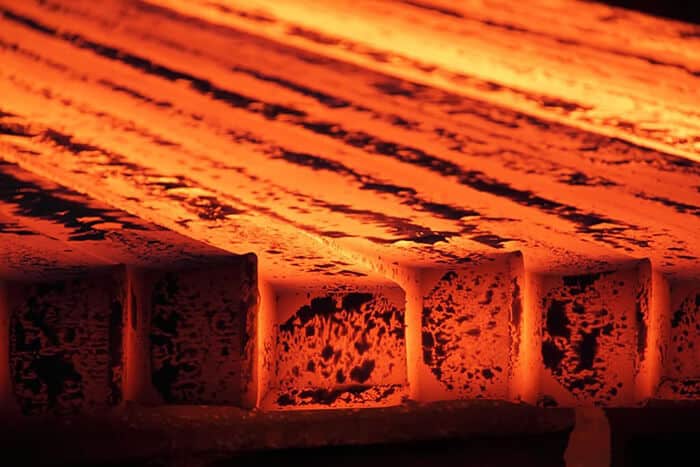1- Invention of Steel Materials
With the production of industrial products, durable materials were needed. As a result, the first time steel production was conducted in the 1850s, raw iron was melted and the air passing through it was burned. In the following years, steel continued to be produced by using different methods and using scrap materials in order to reduce costs.
2- What is Steel?
One possible response to the inquiry of "what is steel?" is that it is a raw or semi-finished product that has been manufactured for an extended period of time in order to produce durable materials. In order to produce this material, the iron mine is subjected to various stages and some elements are added in the manufacturing process in order to increase the durability. As a result, an alloy with a high level of toughness and a wide area of use emerges.
3- Elements of Steel
The reason for the formation of steel is a matter of debate, as it is an alloy and is not naturally occurring. In particular, steel materials contain a specific quantity of carbon. The quality level of the steel can be enhanced by increasing the amount of carbon, which can range from 0.02% to 2.1%. In addition, a more durable and flexible steel will emerge as a result of the processing of iron with chromium and nickel elements.
4- Manufacturing with Oxygen Blowing Method
Today, there are two basic methods for the production of steel elements . The first method, which is a relatively common method of blowing oxygen, involves the combustion of iron ore in furnaces that can generate high temperatures in integrated iron and steel plants. The hot ore extracted from the furnace is purged of excess carbon by the method of blowing oxygen. After this stage, other elements can be added to the steel to reach the desired quality.
5- Manufacturing with the Use of Electric Arc Furnace
In the other method preferred for steel production, electric arc furnaces are used. Unlike the oxygen blowing method, scrap materials are used in this method and these materials are melted in electric arc furnaces. The materials that are extracted from the furnaces and discovered in a melted state are subjected to oxygen blowing, as in the initial method. The process continues with processes such as alloying and deoxidation.
6- Raw Material of Steel
The steel, which is durable and requires a certain amount of rust and flexibility according to the area it will be used, has the highest amount of iron in its structure. For this reason, iron is the first thing that comes to mind when considering the raw material of steel. It is known that there are around 167 billion tons of iron reserves worldwide, and these reserves are mostly found in countries such as Russia, Australia, China, Brazil, Canada and the USA. On the other hand, it can be used in steel production by recycling used steel materials.
7- Oxidationin Steel
Oxidation may occur on the material surface due to the fact that it contains iron in the steel element. In order to prevent this situation, chromium element is added to the steel and stainless steel is obtained. However, the fact that stainless steel is resistant to oxidation does not mean that it will never rust under any circumstances. It is aimed to form a chromium oxide layer on the steel material surface with the chromium element. By adding some other elements, the oxidation resistance of this layer can be increased.
8- What are the Characteristics of Steel Material?
Known for its many positive aspects, steel properties can be listed as gaining different forms, processing, durability, high yield and tensile strength, thermal conductivity and stainlessization.
9-Sectors and Products Used in Steel
Steel is used in many sectors, especially in heavy industry, construction and automotive. In these sectors, ship and automobile parts, building carrier columns and panels, storage tanks and boilers are preferred in food industry productions.
10- Classification of Steel
The classification of steel varies according to the amount of carbon it contains. In this context, steels are divided into four groups as low carbon, medium carbon, high carbon and high carbon tool steels.

